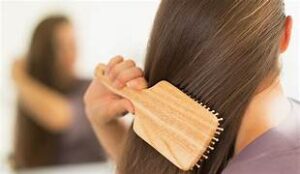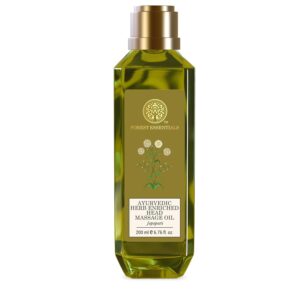If you’ve ever struggled to find the right products for your hair or wondered why your hair doesn’t respond well to certain treatments, understanding hair porosity might hold the answers. Hair porosity refers to how well your hair absorbs and retains moisture, and it plays a crucial role in determining the effectiveness of your hair care routine.
In this guide, we’ll break down what hair porosity is, how to identify your hair’s porosity level, and provide tips for caring for low, medium, and high porosity hair.
What Is Hair Porosity?
Hair porosity refers to your hair’s ability to absorb and retain moisture. It is determined by the structure of your hair’s cuticle, the outer layer of each hair strand. The cuticle can either be tightly packed, making it difficult for moisture to enter, or more open, allowing moisture to pass through easily.
Understanding your hair’s porosity level is essential for selecting the right products and treatments that will help your hair thrive.
How to Test Your Hair Porosity
Testing your hair porosity is simple, and you can do it at home using the water test:
- Take a clean strand of hair (preferably freshly washed, without product).
- Drop the hair into a glass of water.
- Observe how the strand reacts:
- Low Porosity Hair: The hair floats on top for a while before sinking slowly.
- Medium Porosity Hair: The hair slowly sinks to the middle of the glass.
- High Porosity Hair: The hair sinks quickly to the bottom.
This test gives you a quick insight into your hair’s porosity level, helping you understand hair porosity in a way that’s practical for your hair care routine.
Characteristics of Low, Medium, and High Porosity Hair
1. Low Porosity Hair
Low porosity hair has tightly packed cuticles, making it hard for moisture and products to penetrate. This type of hair tends to feel dry because moisture cannot easily be absorbed, even though it’s good at retaining any moisture it does get.
- Challenges: Product buildup, difficulty absorbing moisture, and longer drying time.
- Care Tips:
- Use lightweight, water-based products that won’t sit on top of the hair.
- Apply heat (e.g., steam or a warm towel) when deep conditioning to open the cuticles for better absorption.
- Avoid heavy oils and butters that can weigh the hair down.
2. Medium Porosity Hair
Medium porosity hair is the “happy medium,” with cuticles that allow moisture to be absorbed and retained effectively. This hair type is relatively easy to manage and responds well to most products and treatments.
- Challenges: Minimal, but over-processing with chemicals or heat can alter its porosity.
- Care Tips:
- Use a balanced hair care routine with a mix of moisture and protein treatments.
- Avoid excessive heat styling or chemical treatments to maintain the cuticle structure.
3. High Porosity Hair
High porosity hair has gaps and holes in the cuticle, allowing moisture to enter easily but also escape just as quickly. This type of hair is often the result of damage from heat styling, coloring, or harsh chemical treatments, though some people naturally have high porosity hair.
- Challenges: Frizz, dryness, and breakage due to rapid moisture loss.
- Care Tips:
- Focus on deep conditioning and moisturizing treatments to lock in moisture.
- Use heavier products like creams, butters, and oils to seal the hair cuticle.
- Opt for protein treatments to help strengthen the cuticle and reduce breakage.
Why Understanding Hair Porosity Is Important for Your Hair Care Routine
Once you’ve identified your hair’s porosity level, you can tailor your hair care routine to meet its unique needs. By understanding hair porosity, you’ll know which products to use, how often to moisturize, and what treatments your hair will benefit from the most.
For instance:
- If you have low porosity hair, you might benefit from using lighter products and incorporating steam treatments to help moisture penetrate the cuticle.
- If you have high porosity hair, focusing on moisture retention with heavier products and avoiding excessive heat or chemical treatments will help maintain your hair’s health.
Understanding hair porosity is a game-changer when it comes to hair care. By knowing whether your hair is low, medium, or high porosity, you can make more informed decisions about the products and treatments you use. This not only leads to healthier hair but also helps you achieve your hair goals, whether that’s length retention, curl definition, or overall shine.
Have you tested your hair porosity yet? Share your experience in the comments below, and let us know what hair care tips have worked best for your porosity type!




